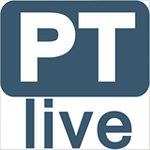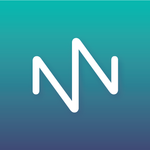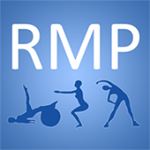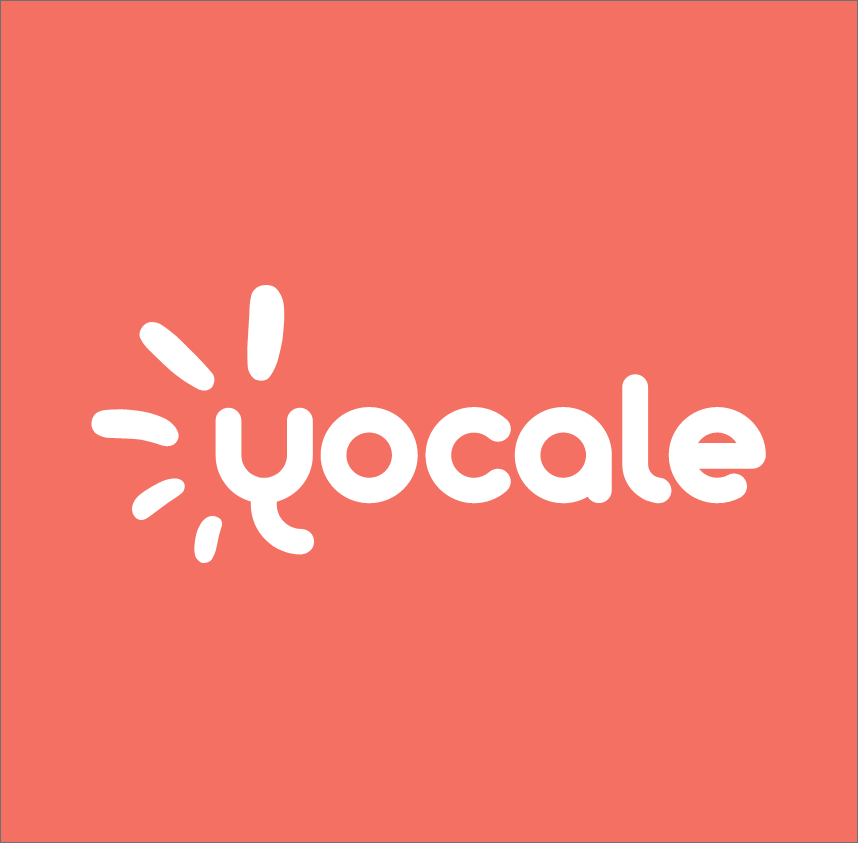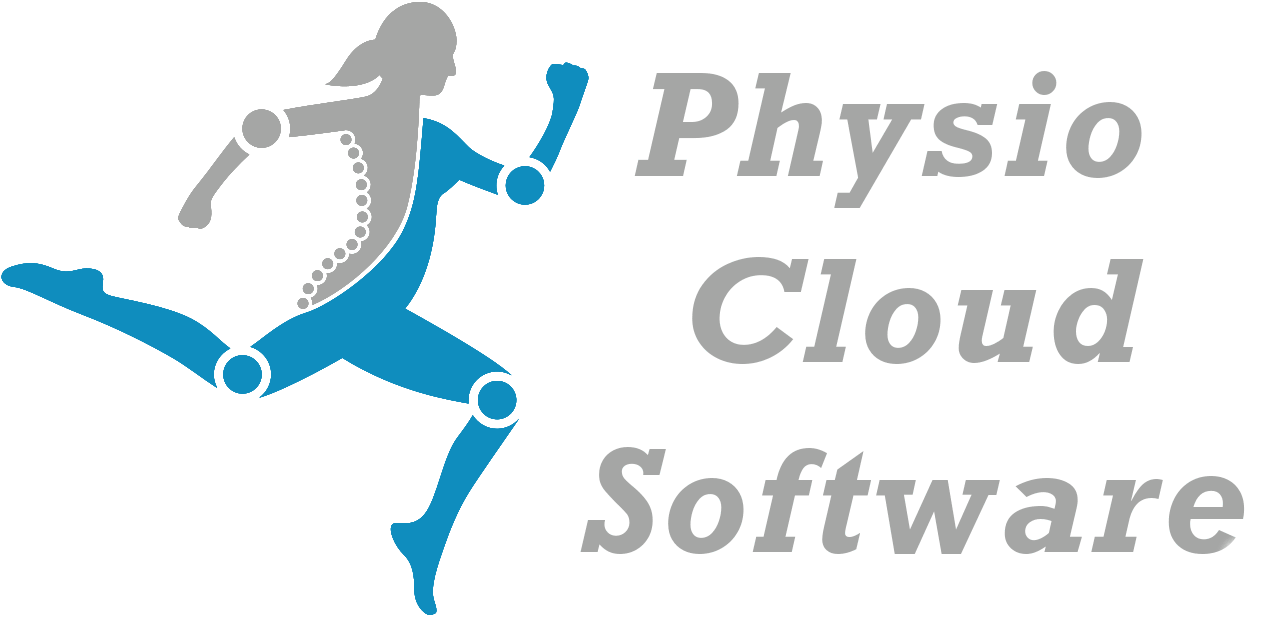What Is Physical Therapy Software?
Physical therapy software is a sophisticated software system created exclusively for physical therapists and their firms. It is a computerized solution that streamlines and manages numerous parts of physical therapy services, allowing therapists to concentrate on providing excellent patient care. EMR management is an important element of physical therapy software.
This enables therapists to conveniently maintain and retrieve patient information, such as medical history, treatment plans, progress notes, billing, and insurance information, from a single, central location. This not only saves time and avoids errors, but it also enables improved collaboration between therapists and other healthcare providers involved in a patient's care.
In addition to EMR administration, physical therapy software includes scheduling and appointment management. This tool allows therapists to quickly organize and manage patient appointments, check availability, and send automatic reminders to reduce no-shows. This dramatically improves practice efficiency while also ensuring that patients receive timely and consistent care.
Another significant feature of physical therapy software is its billing and invoicing features. It enables therapists to generate precise and detailed invoices, track payments, and manage insurance claims efficiently. This can greatly minimize the administrative workload for therapists and their personnel. Physical therapy software may also contain capabilities for prescribing exercises, tracking progress, and measuring outcomes.
This enables therapists to design tailored exercise routines for their patients, track their progress, and assess the efficacy of treatment strategies. Overall, physical therapy software is an effective tool that can help physical therapists and their practices. It simplifies workflows, increases productivity, and improves patient care, making it an excellent investment for any physical therapy office.
What Are The Recent Trends In Physical Therapy Software?
Physical therapy software has undergone tremendous evolution in recent years, with new advancements and trends influencing the sector. As a buyer, you must stay educated about these developments in order to make the best option for your practice.
Here are some of the latest trends in physical therapy software that you should be aware of.
1. Integration With Electronic Health Records (EHR): One of the most important trends in physical therapy software is the integration of EHR systems. This feature enables therapists to track patient progress and care plans directly from the program, eliminating the need for several systems and optimizing the process.
2. Cloud-Based Solutions: Cloud-based solutions are gaining popularity in the physical therapy software market. These systems provide convenient access to patient records and scheduling from anywhere, making them perfect for a mobile and remote staff.
3. Telemedicine Capabilities: As telemedicine has grown in popularity, physical therapy software has included telehealth features that allow therapists to conduct remote patient appointments. This tendency has been especially crucial in the aftermath of the COVID-19 outbreak, allowing victims to obtain treatment from a distance.
4. Use Of Artificial Intelligence (AI): Many physical therapy software packages are now adding AI to help with treatment planning and progress tracking. AI systems can assess patient data and recommend individualized treatment plans to assist therapists improve their techniques.
5. Patient Engagement Tools: Patient engagement is critical in physical therapy, and software companies are now including capabilities that assist therapists track and enhance patient involvement. These tools may include patient portals, interactive home workout routines, and communication channels that allow patients and therapists to communicate.
6. Virtual Reality (VR) Technology: VR has become a popular tool for physical therapy, and software developers are adding it into their platforms. VR can improve the patient experience by creating a more immersive and engaging therapeutic session.
As you can see, physical therapy software has grown greatly in recent years, providing a diverse set of features and capabilities to enhance patient treatment and ease office management. Consider these trends while comparing software solutions to determine the greatest fit for your practice's requirements.
Benefits Of Using Physical Therapy Software
Physical therapy software is an invaluable resource for healthcare practitioners that specialize in physical therapy. It has several advantages that can considerably increase the efficiency and effectiveness of the rehabilitation process.
Let's explore, we'll go over the advantages of adopting physical therapy software and why it's necessary for any modern clinic.
1. Efficient Patient Management: One of the primary benefits of adopting physical therapy software is the ability to manage patient information and records in a more organized manner. With a digital system, all patient data may be recorded and organized in one location, allowing therapists to conveniently track progress, make treatment plans, and interact with other healthcare practitioners involved in the patient's care. This reduces the need for handwritten notes and paper records, reducing the risk of errors and data loss.
2. Customizable Treatment Plans: Physical therapy software allows you to develop personalized treatment plans for each patient based on their specific needs. These plans might contain exercises, goals, and progress tracking that are customized to the individual's talents and progression. This level of customisation can result in improved patient outcomes and more efficient use of therapist time.
3. Time Saving Documentation: Physical therapists spend a significant amount of time documenting their patients. Using software, therapists may rapidly and correctly document patient progress and treatment data, saving time and lowering the risk of error. This allows therapists to spend more time with patients, resulting in improved care and increased efficiency.
4. Automated Appointment Reminders: Automated appointment reminders are common features found in physical therapy software. This helps to prevent no-shows and last-minute cancellations, resulting in a more constant schedule for therapists and increased patient compliance. The software also allows for easy rescheduling and scheduling of future sessions, making it a useful tool for both therapists and patients.
5. Data Analysis & Reporting Physical: therapy software includes data analysis and reporting functions that help therapists understand patient progress and outcomes. These technologies enable therapists to monitor progress, assess treatment efficacy, and make data-driven decisions to improve patient care. This also helps to demonstrate the therapy's success to patients, insurance providers, and other stakeholders.
6. Enhanced Security: Patient data privacy and security are critical in the healthcare business. Physical therapy software provides high levels of security and data encryption, guaranteeing that patient information is kept secure from unauthorized access. This gives patients peace of mind and increases trust in the therapy process.
Important Factors To Consider While Purchasing Physical Therapy Software?
When choosing physical therapy software, several critical elements should be considered to ensure that the software matches the unique demands of your clinic.
Here are some crucial factors to consider before making your decision:
1. Functionality: The software's functionality should be the first and most important consideration. It should be able to streamline and automate routine operations including patient scheduling, billing, paperwork, and reporting. Furthermore, it should have features tailored specifically to the needs of physical therapists, such as exercise prescription tools, built-in outcome measurements, and progress tracking.
2. Compatibility: Before purchasing the software, ensure that it is compatible with your existing systems and devices. It should be able to operate smoothly with your electronic health record (EHR) system, equipment, and other technologies to guarantee efficient workflow and data management.
3. User-Friendly Interface: The software's interface should be intuitive and simple for therapists and staff to utilize. The learning curve should be short, and training should be offered to guarantee proper use of all functionalities.
4. Customization Options: Each practice has unique demands and workflows, and the software should be adaptable to meet these. Look for opportunities to add custom templates, evaluations, and fitness programs, as well as to customize dashboards and reports.
5. Security And compliance: Given the volume of sensitive patient data, security and compliance cannot be disregarded. Check that the program is HIPAA compliant and has the appropriate security features in place, including as data encryption, user access limits, and regular backups.
6. Cost And scalability: When comparing software solutions, consider your budget as well as the overall cost of ownership. Consider your practice's future expansion and whether the software can accommodate it without compromising functionality.
7. Customer Support: A dependable customer service team is essential for any software purchase. Look for evaluations and ratings of the software's support services to ensure that they give prompt and efficient assistance in the event of an issue.By taking these aspects into account, you can make an informed decision about which physical therapy software is best for your practice.
Remember that what works for one practice may not work for another, so examine your individual requirements and extensively explore various software solutions before making a selection.
What Are The Key Features To Look For In Physical Therapy Software?
When shopping for Physical Therapy Software, consumers should evaluate several essential aspects to determine the greatest fit for their needs. These elements can help improve efficiency, organization, and overall patient care in a physical therapy clinic.
1. Electronic Health Records (EHR): The capacity to generate and store electronic health records (EHR) is an essential element of physical therapy software. This enables therapists to have a thorough understanding of a patient's medical history, track progress, and conveniently retrieve critical information during treatment.
2. Customizable Treatment Programs: Physical therapy software should be able to generate personalized treatment programs for patients based on their unique needs and goals. This capability enables therapists to adapt treatment to each individual, resulting in better outcomes and more patient satisfaction.
3. Appointment Scheduling: Effective appointment scheduling is critical to a successful physical therapy practice. Look for software that includes a user-friendly calendar, automated reminders, and the ability to book recurring appointments.
4. Exercise Library: A comprehensive exercise library is an important element of physical therapy software. This enables therapists to design and assign particular exercises to patients, track progress, and provide visual demonstrations for patients to replicate.
5. Billing And Invoicing: Financial management is essential for any business, including physical therapy practices. To streamline the billing process, consider software that includes billing and invoicing, insurance claims management, and payment processing.
6. Telehealth Capability: In today's digital world, the capacity to provide telehealth services is becoming increasingly crucial for physical therapy offices. Look for software that supports video conferencing and secure data transmission when providing virtual treatment sessions.
7. Analytics And Reporting: Having access to data and analytics allows therapists to track patient progress, discover trends, and make informed decisions. Look for software that allows you to customize reports and create intuitive dashboards to properly monitor and measure results.
8. Mobile Accessibility: Physical therapists are frequently on the go, so having software that is mobile-friendly is a useful feature. Therapists can now access patient records, schedule appointments, and connect with patients at any time and from any location.
When considering physical therapy software, consider these crucial aspects to help customers make an informed selection and select the best option for their clinic. This can significantly improve patient care, streamline workflow, and boost overall efficiency in a physical therapy business.
Why Do Businesses Need Physical Therapy Software?
Physical therapy software is a vital tool for organizations in the healthcare industry, particularly those who provide physical therapy services. This software is intended to expedite administrative chores, increase paperwork, and improve patient care, so contributing to the overall profitability of the organization. One of the primary reasons why businesses want physical therapy software is that it helps to increase efficiency and productivity.
With capabilities such as electronic documentation, automated appointment scheduling, and billing administration, the program removes the need for manual operations, saving time and lowering the chance of error. This allows therapists to spend more time with patients, resulting in higher quality care and improved revenue for the firm. Another significant advantage of physical therapy software is its capacity to centralize and organize patient information.
This not only makes it easy to access and update patient records, but it also assures that the information is secure and in accordance with HIPAA guidelines. The program also improves communication among all stakeholders engaged in patient care, including therapists, physicians, and insurance companies, resulting in better coordination and overall patient results.
Furthermore, physical therapy software has a variety of therapy-specific features that are specifically developed to assist therapists with their everyday work. This includes bespoke workout libraries, outcome tracking systems, and patient education materials. Therapists can use these capabilities to design specific treatment programs, track patient progress, and encourage patients to take an active role in their recovery.
In addition to enhancing efficiency and patient care, physical therapy software provides useful business insights. With reporting and analytics tools, business leaders can monitor variables such as patient volume, revenue, and results, allowing them to make educated decisions that drive growth and profitability.
How Much Time Is Required To Implement Physical Therapy Software?
The time necessary to implement physical therapy software varies based on a number of factors, including the clinic's size and structure, the software's complexity, and the degree of customization required. Physical therapy software implementation can take anything from a few weeks to a few months. This comprises initial setup, data migration, employee training, and testing.
Allow adequate time for the implementation process to ensure a smooth transition and avoid delays to your clinic's operations. During the implementation phase, a committed team or person must be in charge of coordinating and overseeing the process. This person should be familiar with the program and its features, as well as your clinic's procedures and processes.Prior to implementation, it is important that you have a thorough grasp of your clinic's objectives and goals.
This will assist establish which software features and capabilities are critical and should be prioritized during the deployment phase. It is also critical to include all employees in the implementation process to ensure they are aware with the software and its features.This will ensure a smooth transition and reduce any resistance to change. In some circumstances, physical therapy software companies may provide installation assistance to their customers.
Training, data migration, and technical assistance may be provided throughout the initial phases of implementation. Overall, the time necessary to adopt physical therapy software may appear to be a large commitment, but the benefits and efficiency it provides to your clinic make it a worthy long-term investment. With good preparation, focused resources, and participation from all staff members, the implementation process can be seamless and successful.
What Is The Level Of Customization Available In Physical Therapy Software?
The level of customization available with physical therapy software varies based on the software chosen. However, most physical therapy software provides a high level of customization to meet the specific demands of each clinic or practice. One of the primary benefits of using physical therapy software is the opportunity to customize it to your individual requirements.
This means you may tailor everything from the interface layout to the specific features and functionalities that are most relevant to your business. One of the most common adaptations accessible in physical therapy software is the option to create unique templates for different categories of patients, such as pediatric or geriatric. This streamlines your documentation process and saves time by eliminating the need to re-enter the same information for each patient.
Furthermore, many physical therapy software solutions allow you to personalize forms and questionnaires, allowing you to collect critical patient information and track progress in the method that best suits your practice. Another important component of customization in physical therapy software is the ability to interact with other systems or platforms that you may already use.
This may incorporate electronic health records (EHRs), billing and payment systems, or third-party applications for specific treatments. Physical therapy software's reporting and analytics features can also be customized to a high degree. You may frequently modify reports and dashboards to monitor your clinic's performance, measure outcomes, and find areas for improvement.
Overall, the level of customization available in physical therapy software enables you to adjust it to your individual needs and workflows, making it an excellent investment for any clinic trying to increase efficiency, accuracy, and patient care. Be sure to carefully evaluate the customization options of any program you are considering to verify that it matches your specific needs.
Which Industries Can Benefit The Most From Physical Therapy Software?
Physical therapy software can be an extremely useful tool in a variety of businesses that require rehabilitation and injury management services. While traditional paper-based methods have been in use for many years, technological improvements have resulted in the development of physical therapy software that can expedite and improve the entire treatment process.
The following industries can gain the most from deploying physical therapy software:
1. Healthcare Facilities: Physical therapy software can be extremely beneficial to healthcare organizations including hospitals, clinics, and rehabilitation centers. This software can assist with patient management, documentation, scheduling, and invoicing, allowing healthcare personnel to provide high-quality care while also increasing facility efficiency.
2. Sports And Fitness Industry: Physical therapy software is very valuable for professionals in the sports and fitness business. Athletes and fitness enthusiasts frequently seek rehabilitation treatments to treat injuries or improve their performance. The usage of software can assist in tracking progress, developing individualized treatment programs, and limiting downtime so that you can go back to work soon.
3. Senior Care Facilities: Elderly people frequently require physical therapy to enhance mobility and manage chronic diseases. Physical therapy software can help in developing specific treatment plans and tracking success for each resident. It can also aid in billing and documentation, making it easier for staff to manage a huge volume of patients.
4. Occupational Therapy Practices: Occupational therapy aims to help people regain the capacity to do daily chores and improve their overall quality of life. Physical therapy software can help occupational therapy practices develop treatment plans, track progress, and manage patient information, allowing them to provide more efficient and effective service.
5. Rehabilitation Centers Patients: In rehabilitation clinics are recovering from severe injuries or surgeries that necessitate extended periods of intensive physical therapy. Physical therapy software can assist rehabilitation clinics provide maximum care to their patients by streamlining the entire process, from appointment scheduling to patient progress tracking.
Conclusion
After conducting extensive research and reviewing the top physical therapy software solutions, it is apparent that selecting the proper software for your clinic is critical for streamlining procedures and increasing patient care. With so many features and functionalities available, it might be difficult to decide which software is ideal for your individual requirements.
This buyer's guide has highlighted crucial considerations to consider when buying physical therapy software, such as required functionality, pricing alternatives, and customer support. Before making a decision, make sure you thoroughly analyze each software's features and read customer evaluations. Furthermore, evaluate the size and scope of your practice, as well as if the program can be quickly expanded to meet future expansion.
This will ultimately save you time and money. Finally, the finest physical therapy software for your clinic will be one that suits your unique requirements, budget, and objectives. By using this guide as a resource and carefully weighing your alternatives, you will be able to make an informed decision and select software that will be a useful asset to your practice.

